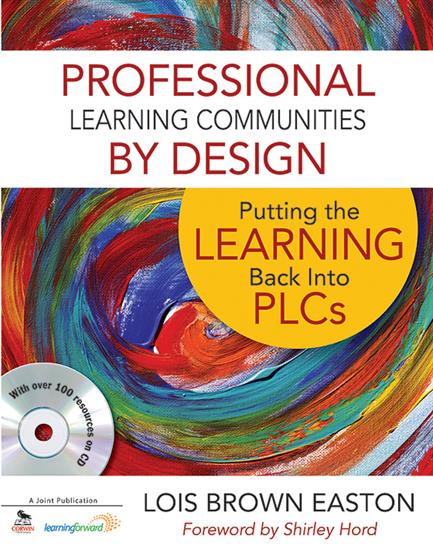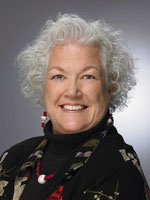Hands-on, Practical Guidance for Educators
From math,
literacy, science, equity, multilingual learners, and SEL, to assessment, school counseling,
and education leadership, our books are research-based and authored by experts
on topics most relevant to what educators are facing today.
Professional Learning Communities by Design
Foreword by Shirley Hord
Award-winning educator Lois Brown Easton’s organic approach to PLCs includes a compelling case study, a chronological PLC planning outline, and tools on a companion CD.
- Grade Level: K-12
- ISBN: 9781412987110
- Published By: Corwin
- Year: 2011
- Page Count: 304
- Publication date: July 14, 2011
Review Copies
Other Titles in: Staff Development & Professional Learning | Principalship | School Change, Reform, & Restructuring



